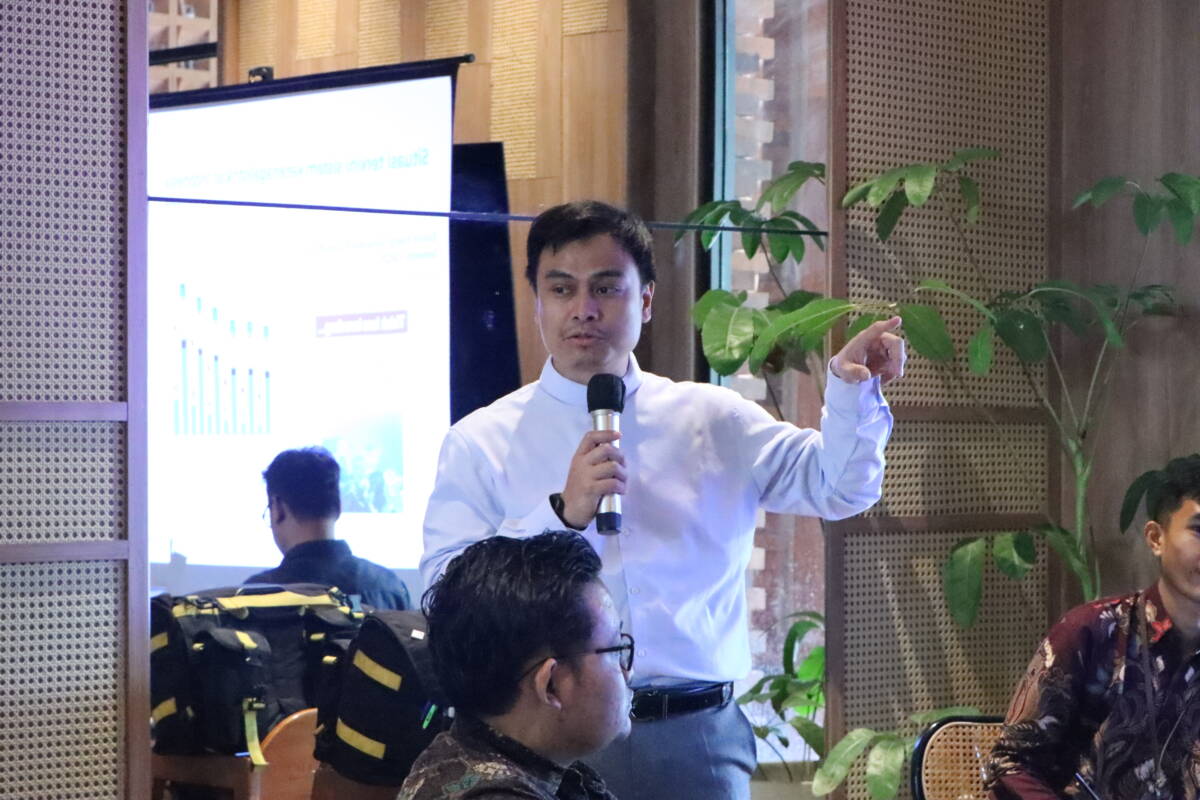Jakarta, November 27, 2025 – Indonesia has imposed restrictions on the development of new coal-fired power plants as part of its commitment to achieving net zero emissions (NZE) by 2060. However, the government still allows exceptions for projects integrated with industrial zones, national strategic initiatives, or those already included in existing plans. These provisions are outlined in Presidential Regulation No. 112/2022 on the Acceleration of Renewable Energy Development, which is currently under revision.
The Institute for Essential Services Reform (IESR) believes that restrictions on the development of coal-fired power plants must be accompanied by an accelerated phase-out of all coal-fired power plants before 2050. Even President Prabowo’s directive indicates that this phase-out should ideally be completed before 2040. Delaying the retirement of coal-fired power plants will only heighten risks to Indonesia’s economic growth by sending negative signals to investors amid a strengthening global transition away from fossil fuels.
To help drive the shift from coal dominance toward cleaner energy sources, IESR is convening the Brown to Green Conference: Unlocking Enabling Environments for Indonesia to Transition Beyond Coal, which will take place on December 2–3, 2025. The event is organized by IESR with support from the British Embassy Jakarta through the Green Energy Transition Indonesia (GETI) program. Participants may join online by registering at s.id/BrowntoGreen.
The transition toward the early retirement of coal-fired power plants by 2050 can begin by flexibly operating only those units with longer economic lifespans to support the integration of variable renewable energy into the electricity grid. This approach can be applied to coal-fired power plants operating within PLN’s electricity system (on-grid).
In addition, coal-fired power plant infrastructure can be repurposed for geothermal power generation by removing the combustion furnace and using geothermal heat to produce steam. According to a study conducted by the IESR consortium in collaboration with the Purnomo Yusgiantoro Center, UGM, Brawijaya University, Project InnerSpace, and Geoenergies, Indonesia has a technical geothermal potential of 2,160 GW. This technical potential includes next-generation geothermal resources, where geothermal energy is derived from hot rock formations located at depths of 3,000 meters or more.
Raditya Wiranegara, Research Manager at IESR, explained that flexible operation of coal-fired power plants is essential to accommodate the increasing share of renewable energy, reduce generation costs as renewable energy prices continue to fall, provide balancing resources, and comply with increasingly stringent emissions regulations.
“Our study shows that flexible operation of coal-fired power plants, with a capacity factor of 40–65 percent and based on international coal price references, can significantly reduce generation costs. The energy shortfall resulting from reduced operations can be replaced by solar power plants,” said Raditya.
Raditya added that challenges also arise from power plants operating outside PLN’s electricity grid, commonly referred to as captive power plants. Previously, most captive power plants were diesel-based. However, with the strengthening of the national downstreaming agenda, captive coal-fired power plants have increasingly become the primary choice, leading to a continued rise in their numbers. IESR believes the government needs to encourage the owners of these captive assets to utilize renewable energy directly at their sites. Another option is to expand the use of electricity from PLN’s power grid.
Meanwhile, Deon Arinaldo, Energy System Transformation Manager at IESR, stated that in addition to variable solar and wind energy, Indonesia’s geothermal potential, reaching up to 2,160 GW, could serve as a viable alternative for electricity generation and industrial heat supply.
“The electricity and low-carbon heat needs of certain industries can be met through geothermal energy, especially for those requiring heat below 200 degrees Celsius. Moreover, the direct use of geothermal energy remains very limited, presenting a significant opportunity. Indonesia also has extensive experience in the oil and gas sector, which should help facilitate geothermal development,” said Deon

